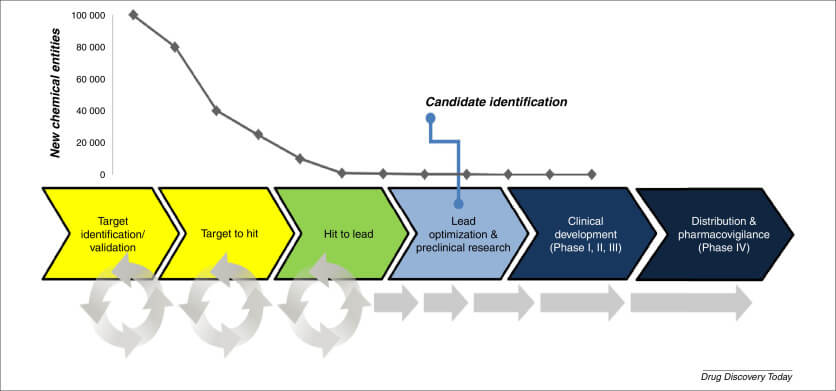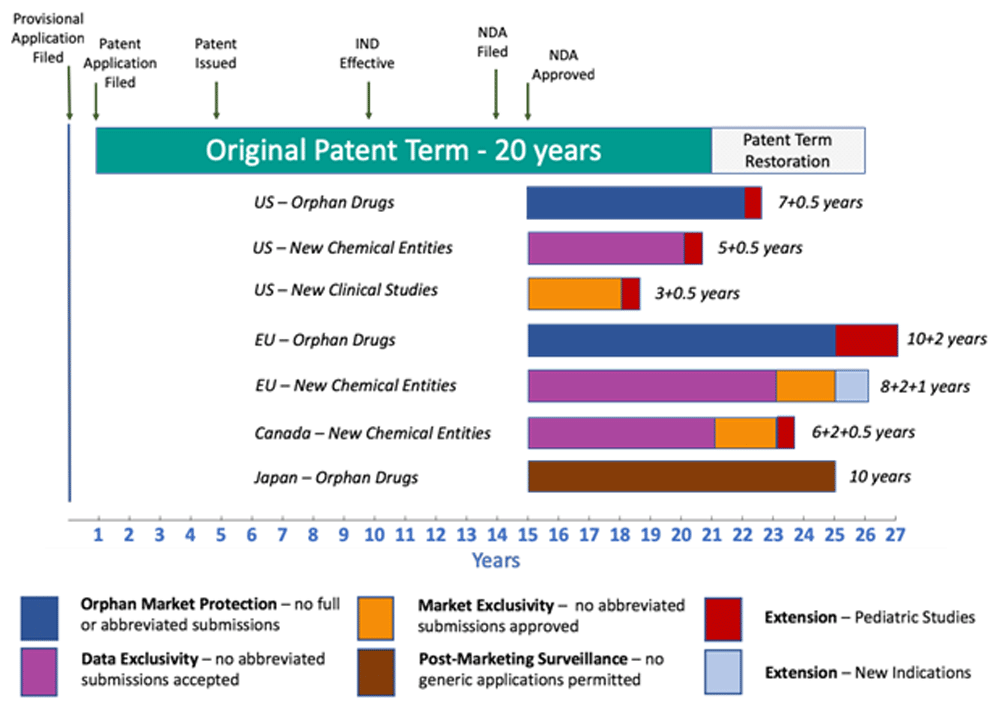
In the labyrinthine world of pharmaceuticals, where the cost of life-saving medications can often feel like a roll of the dice, the FDA is implementing a strategy that aims to bring some much-needed transparency and affordability to the market. This strategy, known as the ‘Rule of Three,’ is a game-changer in the battle against soaring drug prices.
The Genesis of the ‘Rule of Three’
The ‘Rule of Three’ is a relatively straightforward concept with profound implications. It stipulates that for any given drug, there must be at least three manufacturers producing it. The rationale is simple: increased competition leads to lower prices. This rule is not just a theoretical exercise but a practical policy that the FDA is actively enforcing.
The origins of this rule can be traced back to the economic principle that monopolies and duopolies often lead to higher prices due to lack of competition. By ensuring that at least three companies are producing a drug, the FDA aims to create a more competitive market environment, which in turn drives prices down.
The Mechanics of Implementation
Implementing the ‘Rule of Three’ is no small feat. It involves a multi-faceted approach that includes:
- Fast-Tracking Approvals: The FDA has streamlined its approval process for generic drugs, making it easier and quicker for new manufacturers to enter the market[1].
- Incentivizing Entry: Financial incentives and grants are being offered to companies willing to produce generic versions of high-cost drugs[1].
- Monitoring Compliance: The FDA is closely monitoring the market to ensure that the rule is being adhered to and taking action against companies that attempt to create barriers to entry[1].
Real-World Impact: Case Studies
To understand the impact of the ‘Rule of Three,’ let’s look at some real-world examples.
Insulin: A Lifeline for Diabetics
Insulin, a critical drug for millions of diabetics, has seen its price skyrocket over the past decade. In 2019, the average price of insulin in the U.S. was nearly ten times higher than in other developed countries. The FDA’s ‘Rule of Three’ has started to change this dynamic. By fast-tracking the approval of generic insulin products, the FDA has increased the number of manufacturers from two to four. As a result, the price of insulin has begun to stabilize, offering much-needed relief to patients[2][5].
EpiPen: A Case of Life and Death
The EpiPen, an essential device for people with severe allergies, saw its price increase by over 500% between 2007 and 2016. The FDA’s intervention, based on the ‘Rule of Three,’ has led to the approval of multiple generic versions. This increased competition has driven the price down by nearly 40%, making it more accessible to those who need it most[3].
Pullquote
“The ‘Rule of Three’ is not just a policy; it’s a lifeline for millions of Americans who struggle to afford their medications. By fostering competition, the FDA is hacking the system to bring drug prices down.” – Dr. Janet Woodcock, Acting Commissioner of the FDA
Challenges and Criticisms
While the ‘Rule of Three’ has shown promise, it is not without its challenges and criticisms. Some argue that three manufacturers may still not be enough to drive significant price reductions, especially for drugs with complex manufacturing processes. Others point out that the policy does not address the root causes of high drug prices, such as the high cost of research and development and the lack of price negotiation power for Medicare[4].
The Road Ahead
Despite these challenges, the ‘Rule of Three’ represents a significant step forward in the quest to make medications more affordable. The FDA is continuously refining its approach, exploring ways to further streamline the approval process and increase market competition.
The ‘Rule of Three’ is a testament to the power of regulatory innovation. By leveraging economic principles and fostering competition, the FDA is not just regulating the pharmaceutical market but actively shaping it to better serve the needs of the American public.
As we look to the future, the success of the ‘Rule of Three’ could pave the way for similar strategies in other sectors, demonstrating that sometimes, the best way to solve a complex problem is to simplify the rules of the game.
Cited Sources
- Generic Competition and Drug Prices | FDA
- Explaining the Prescription Drug Provisions in the Inflation Reduction Act | KFF
- FDA approves first generic version of EpiPen | FDA
- Effect of Competition on Generic Drug Prices | PubMed
- Statement from FDA Commissioner Scott Gottlieb, M.D., on the FDA’s Continued Efforts to Bring Competition to the Insulin Market | FDA
Citations:
[1] https://www.fda.gov/about-fda/center-drug-evaluation-and-research-cder/generic-competition-and-drug-prices
[2] https://www.kff.org/medicare/issue-brief/explaining-the-prescription-drug-provisions-in-the-inflation-reduction-act/
[3] https://www.fda.gov/news-events/press-announcements/fda-approves-first-generic-version-epipen
[4] https://pubmed.ncbi.nlm.nih.gov/34904207/
[5] https://www.fda.gov/news-events/press-announcements/statement-fda-commissioner-scott-gottlieb-md-agencys-continued-efforts-bring-competition-insulin
[6] https://www.cnbc.com/2017/11/28/fda-issues-guidance-that-could-make-it-easier-for-epipen-rivals.html
























